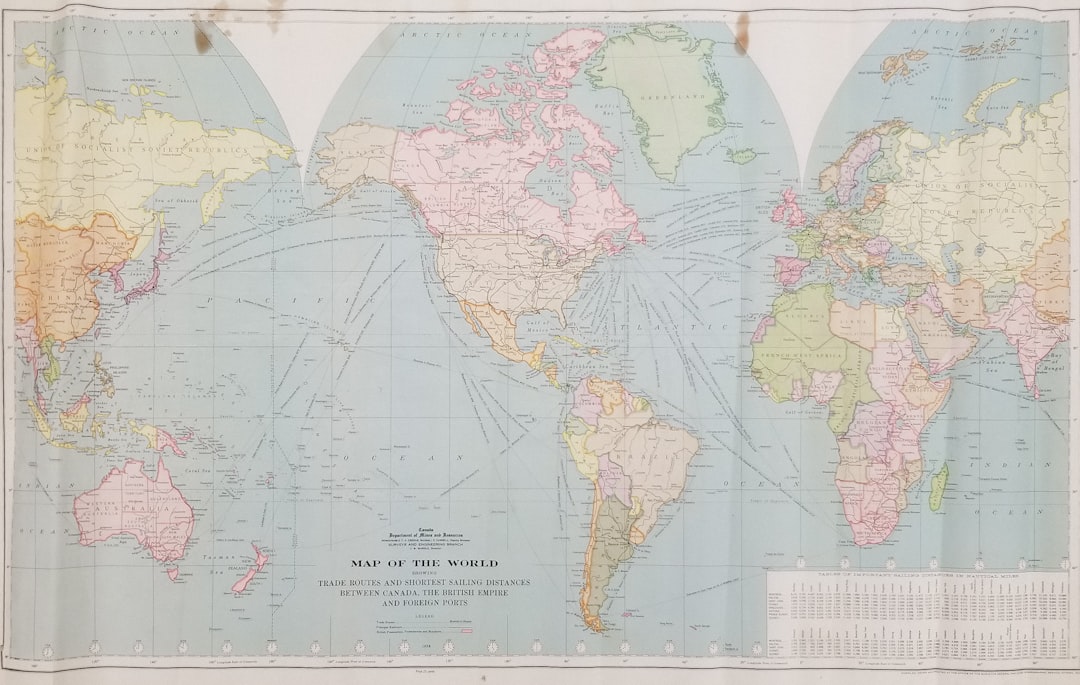Video technology has undergone many transformations since its early days, especially when television became commonplace. One of the key distinctions in early television and video formats came in the form of regional standards: NTSC and PAL. These two acronyms stand for very different systems for transmitting video signals, and understanding their differences is essential for those involved in video production, international broadcasting, or simply transferring tapes or DVDs across countries.
What is NTSC?
NTSC, or National Television System Committee, is the analog television system that originated in the United States in the 1940s. NTSC became the standard broadcasting format in North America, most of South America, and parts of Asia. Designed for the 60Hz power standard, NTSC operates at 30 frames per second (fps), technically 29.97 fps in modern systems due to the introduction of color video.
NTSC uses 525 lines of resolution, of which 486 lines are visible to the viewer. The remaining lines are used for carrying synchronization and other data. The format was groundbreaking for its time, but it has some inherent limitations such as color inaccuracies and susceptibility to signal degradation.
What is PAL?
PAL, or Phase Alternating Line, was developed in the 1960s in Germany as a response to some of NTSC’s technical shortcomings, particularly in terms of color stability. It became the standard in most of Western Europe, Africa, Asia, and Australia. Unlike NTSC, PAL operates at 25 fps to match the 50Hz electrical system in these regions.
PAL broadcasts with 625 lines of resolution, of which 576 lines are visible. This results in slightly higher image quality and resolution compared to NTSC. The use of alternating color signals ensures better color consistency across broadcasts, especially in areas prone to signal issues.
Key Differences Between NTSC and PAL
- Frame Rate: NTSC operates at 29.97 fps, whereas PAL runs at 25 fps to match their respective regional power frequencies.
- Resolution: NTSC uses 525 lines per frame (486 visible), while PAL uses 625 lines (576 visible), offering better vertical resolution.
- Color Accuracy: PAL has more robust color encoding mechanisms, leading to better color reproduction and minimal distortion over long distances.
- Geographical Usage: NTSC is standard in North America and parts of Asia; PAL dominates Europe, Africa, Asia (excluding Japan), and Australia.
- Signal Stability: PAL is less susceptible to signal noise and degradation, making it a more reliable choice for analog standards.

Technical Specifications Overview
| Feature | NTSC | PAL |
|---|---|---|
| Frame Rate | 29.97 fps | 25 fps |
| Resolution (Visible Lines) | 486 lines | 576 lines |
| Power Frequency | 60 Hz | 50 Hz |
| Color System | YIQ | YUV |
| Geographic Distribution | USA, Canada, Japan, South Korea | UK, Germany, Australia, India |
Impact on Media and Compatibility
One of the biggest implications of NTSC and PAL involves compatibility across devices. A DVD or Blu-ray player from a PAL country may not work correctly with a television that only supports NTSC and vice versa. This was especially problematic before the rise of digital standards like HDMI and streaming services, which helped unify playback compatibility.
NTSC’s higher frame rate makes motion appear smoother, which is beneficial for sports and fast-paced content. However, PAL’s superior resolution and color fidelity offer a better viewing experience for films and general programming.

Today, these analog formats are largely obsolete thanks to digital video standards like HDTV and UHD, which eliminate regional encoding and provide consistent quality across borders. However, understanding NTSC and PAL remains relevant, particularly for those working with archival footage or older broadcasting equipment.
Conversion Between NTSC and PAL
When content needs to move across borders, conversion between NTSC and PAL becomes necessary. This is more than just a matter of changing frame rates—it also involves adjusting resolution and color encoding. Simple conversion equipment can sometimes cause video jitter, frame dropping, or audio sync issues.
Professionals often use advanced conversion tools or software that can interpolate frames and match color encoding with minimal quality loss. However, for the average consumer, multi-format players or region-free media players are more accessible solutions.
Modern Relevance of NTSC and PAL
In the current era of digital broadcasting, HDMI interfaces, and internet streaming, the importance of NTSC and PAL has significantly diminished. Modern televisions and media players are often multi-standard, capable of handling both NTSC and PAL input formats seamlessly.
Nevertheless, hobbyists, archivists, and professionals who deal with older media formats such as VHS tapes, analog camcorders, or early DVD formats may still encounter NTSC and PAL as a crucial part of their workflow. Particularly in restoration or digitization of vintage content, understanding these systems can aid in preserving historical footage accurately.
Frequently Asked Questions (FAQ)
-
What does NTSC stand for?
NTSC stands for National Television System Committee. It is the analog television standard used predominantly in North America and parts of Asia. -
What does PAL stand for?
PAL stands for Phase Alternating Line. It’s used widely across Europe, Africa, and Australia. -
Can I play NTSC DVDs on a PAL player?
Some PAL players support NTSC playback and vice versa, but not all. Region-free or multi-standard players offer the best compatibility. -
Is PAL better than NTSC?
PAL generally offers better color reproduction and resolution. However, NTSC provides a slightly smoother motion due to its higher frame rate. The choice depends on regional preferences and content type. -
Are NTSC and PAL still relevant today?
With the advent of digital video and global streaming services, NTSC and PAL are largely obsolete. However, they remain relevant in archival work and when using older hardware. -
What’s the difference in resolution between NTSC and PAL?
PAL supports 576 visible lines of resolution, compared to NTSC’s 486. This makes PAL somewhat sharper in picture quality. -
Do modern TVs support both NTSC and PAL?
Yes, most modern TVs are capable of supporting both formats, particularly those with HDMI and digital inputs.



Leave a Reply